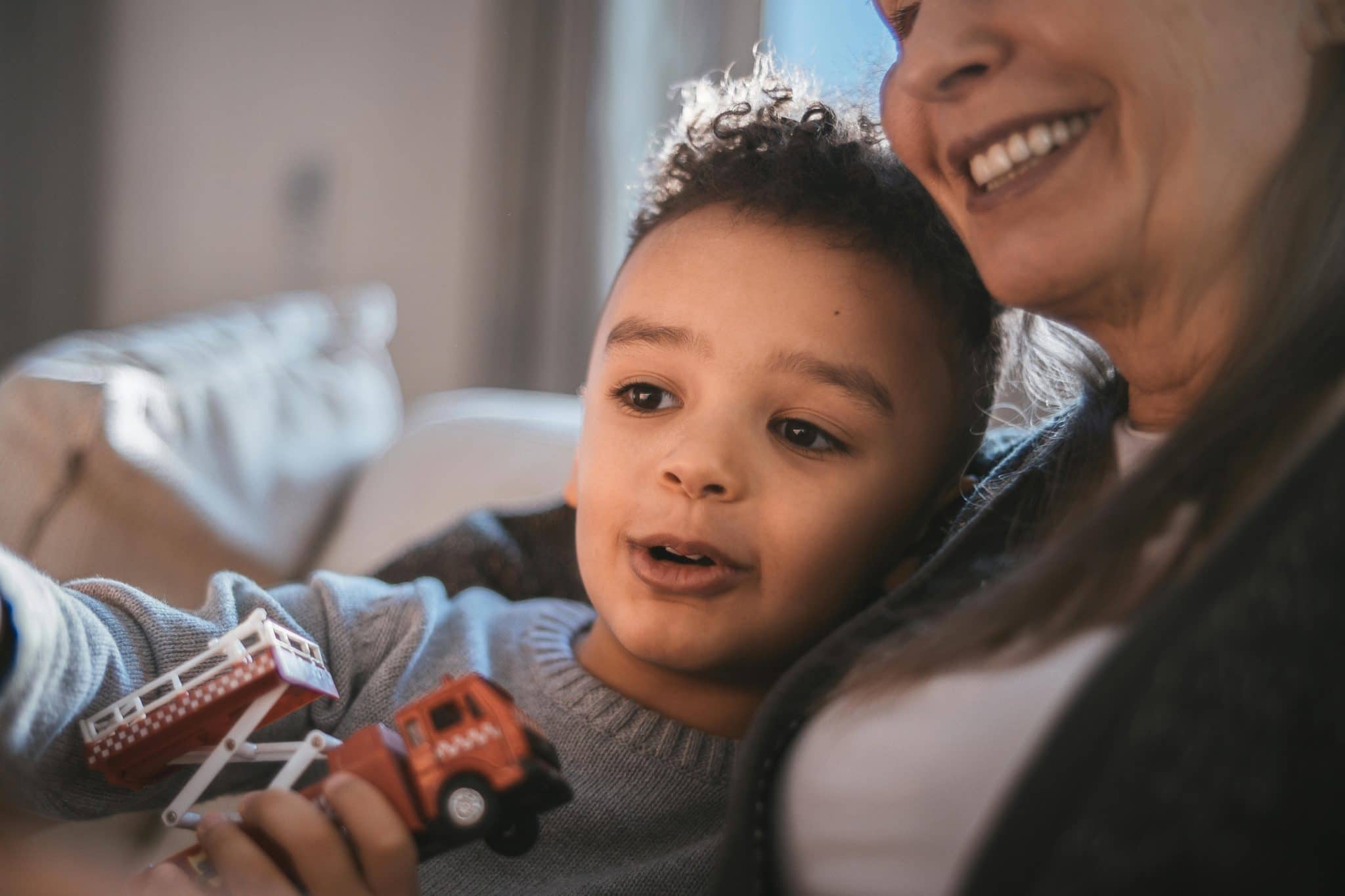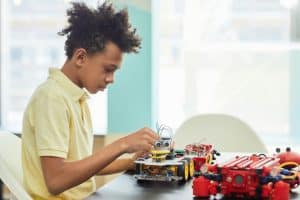Intergenerational Learning: Bridging the Age Gap
The generation gap between older and younger individuals has been a longstanding issue in society. As technology and cultural trends continue to shift, it can be easy for the perspectives and experiences of different age groups to become disconnected. However, there is one solution that is gaining recognition for its ability to bridge this gap and create a more cohesive society: intergenerational learning. This practice involves bringing together individuals from different generations to learn from one another and foster understanding and connection. In this article, we will explore the benefits of intergenerational learning and how it can help to bridge the age gap.
The Importance of Intergenerational Learning
Intergenerational learning is a powerful tool for promoting social cohesion and understanding between different age groups. By bringing together individuals from different generations, this approach encourages conversations and exchanges that can break down stereotypes and foster empathy and respect. It also allows for the transfer of knowledge and skills from one generation to the next, ensuring that valuable traditions and experiences are not lost.
Breaking Down Stereotypes and Fostering Empathy
One of the main benefits of intergenerational learning is its ability to break down stereotypes and preconceived notions about people from different age groups. Often, younger individuals may see older people as outdated or out of touch, while older individuals may view younger people as disrespectful or lacking in traditional values. However, when they are brought together in a learning environment, they have the opportunity to interact and understand each other on a deeper level. This can lead to greater empathy and respect for one another.
Intergenerational learning also helps to break down age-related stereotypes and misconceptions. For example, older individuals may have a wealth of knowledge and life experience to share, while younger individuals may bring a fresh perspective and new ideas to the table. By learning from one another, these stereotypes can be challenged and ultimately dispelled.
Transferring Knowledge and Skills
Another important aspect of intergenerational learning is the transfer of knowledge and skills between different age groups. In today’s fast-paced, technology-driven world, it can be easy for certain traditions or skills to fall by the wayside. Intergenerational learning allows for the passing down of these valuable skills and traditions from one generation to the next, ensuring that they are not lost and can continue to be passed down for generations to come.
On the other hand, younger individuals also have a lot to offer in terms of knowledge and skills. For example, they may be more familiar with new technology and social media, which can be beneficial for older individuals to learn and stay connected. By creating a space for this exchange of skills and knowledge, intergenerational learning can help to bridge the gap between different age groups and promote a more cohesive society.
Implementing Intergenerational Learning
There are various ways to incorporate intergenerational learning into our communities and daily lives. Some schools and organizations have implemented programs that bring together different age groups for educational activities or community service projects. This not only benefits those involved but also has a positive impact on the broader community.
Intergenerational learning can also be incorporated into family life, with grandparents and grandchildren spending quality time together and sharing their knowledge and experiences. This can create stronger family bonds and help to transfer family traditions and values from one generation to the next.
Challenges and Solutions
While intergenerational learning has many benefits, there are also challenges that may arise in the process. Differences in communication styles and interests between generations may make it challenging to connect and find common ground. Additionally, some older individuals may feel intimidated or overwhelmed by new technology, while younger individuals may find it challenging to relate to older experiences and values.
However, these challenges can be overcome by creating a safe and inclusive space where both parties are encouraged to share and learn from one another. It is also crucial to actively listen and show respect for different perspectives and experiences. By recognizing and addressing these challenges, intergenerational learning can be a successful tool for bridging the age gap and promoting understanding and connection between different generations.
In conclusion
Intergenerational learning is a valuable approach for bridging the age gap and creating a more connected and cohesive society. By promoting empathy, understanding, and the transfer of knowledge and skills between different age groups, it helps to break down stereotypes and foster respect and appreciation for one another. Implementing intergenerational learning in our communities and daily lives can lead to a more inclusive society where individuals of all ages can learn and grow from one another.










